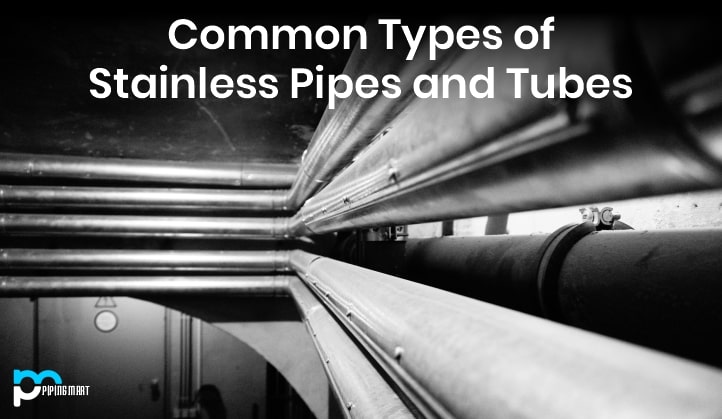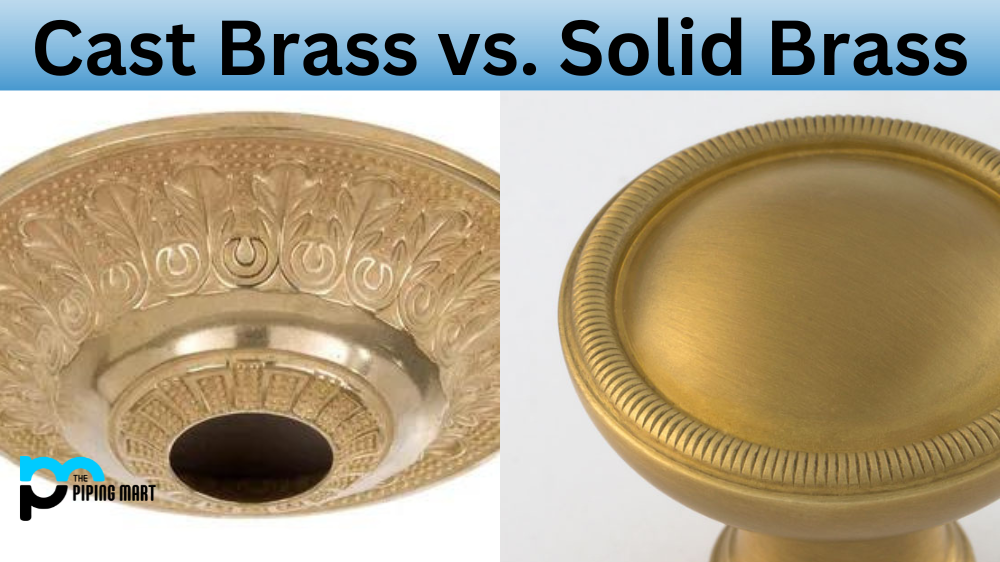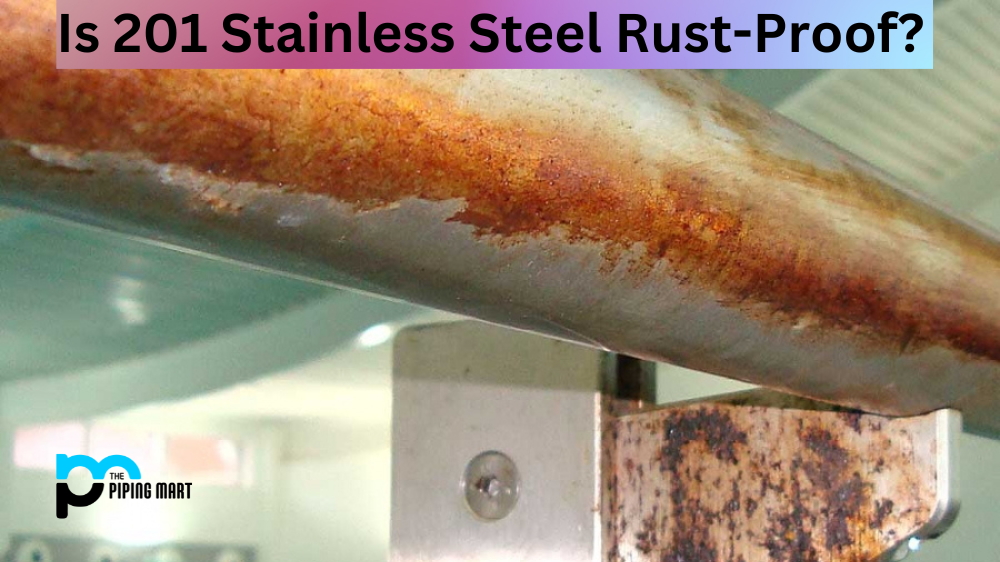Whether you are a homeowner, pipe manufacturer, or engineer, having an understanding of the common types of stainless steel pipes and tubes is essential to any successful project. Stainless steel can be used in a range of different environments because it’s extremely resistant to corrosion which makes it perfect for outdoor applications where water may be present. In this blog post, we will cover 5 common types of stainless steel so that you have access to the best options for your upcoming or current project. Learn about 304L/304H, 316L/316Ti Duplex Grades 2205 and 2304 grades as well as other custom options available through many suppliers. Read on to find out more!
What is Stainless Steel?
Stainless steel is an alloy made of steel with a chromium base. Mixing steel with other components such as chromium, molybdenum, copper, silicon, carbon, and aluminum makes an alloy called stainless steel. Stainless steels are designed materials providing strong resistance to corrosion, power, and properties of production. They will fulfill a wide range of design criteria readily-low maintenance, service life, and load-bearing ability. Stainless Steel has an advantage because of its ability to be milled into sheets, coils, bars, wires, plates, tubes, and pipes.
Pipes and tubes manufactured from different grades of stainless steel are common on the market and are sold according to use and form of user. In piping, various types of stainless steel are used. Because of its outstanding corrosion resistance properties, Stainless Steel is the most commonly used commodity in Process industries after carbon steel. Almost all stainless steel pipes on the market are iron-based alloys with a minimum level of 10.5 percent chromium. While using chromium a self-healing or defensive oxide layer is produced on the alloy. The various-grade stainless steel pipe offers different types of strengths. In soft environments, the strength stays somewhat stable relative to the medium strength. The stronger austenitic steel has excellent elongation and ductility.
Types of Stainless Steel Pipes
Pressure Pipes and Tubes
The stainless steel pipes are designed to withstand high pressure and high temperatures. They are built in broad diameter and can be welded according to requirements and specifications. Such cylinders are constructed of an austenitic and ferritic steel type sometimes known as the nickel and chromium or solid chromium mix. Both components combine to add additional resistance to pipes.
Mechanical Tubes and Pipes
For general, mechanical tubing of stainless steel is used in applications such as valves, gears, and other hollow shaped parts. In addition to the more conventional, circular tubing cross-section, tubing can be modified to have a range of cross-sectional forms, such as square and rectangular ones. Usually, the grades ASTM A511 and A554 are used for mechanical tubing.
Stainless Steel Aircraft Tubing
Thanks to their heat and corrosion resistance, stainless steel form chromium and nickel are used in very specialized aircraft applications. Stainless steel aircraft tubing may be work-hardened or welded as used in high-strength installations, whereas work-hardened sections may not be associated for other forms of corrosive substances.
Hydraulic-line tubing for aircraft
Other form of aircraft tubing, hydraulic-line tubing, is used as fuel-injection lines and hydraulic systems in aerospace applications, and tends to be thin. It is often made from stainless steel forms 304 or 304 L due to the high strength, corrosion-resistance, and ductility of the material.
Stainless steel corrosion-resistance tubing
This general steel type is ideal for applications needing a tolerance to corrosion above other traits. Ferritic or martensitic steel forms are manufactured to either be heat-treated or annealed. Austenitic Stainless Steels are even more durable and can be used in the same general circumstances as types of ferritic and martensite.
Stainless Steel Sanitary Tubing
Sanitation is a high priority for installations where tubing or plumbing of stainless steel may come into contact with food and other sensitive materials. Stainless steel sanitary tubing is used in these applications, as it has a high resistance to rust, does not tarnish and is easy to keep clean. Various tolerances may be understood with different applications.

Pipingmart is B2B portal specializes in industrial, metal and piping products. Also, share latest information and news related to products, materials and different types grades to help business dealing in this industry.




